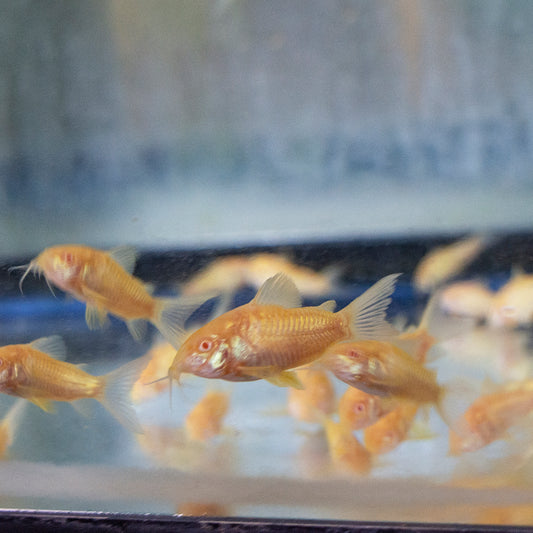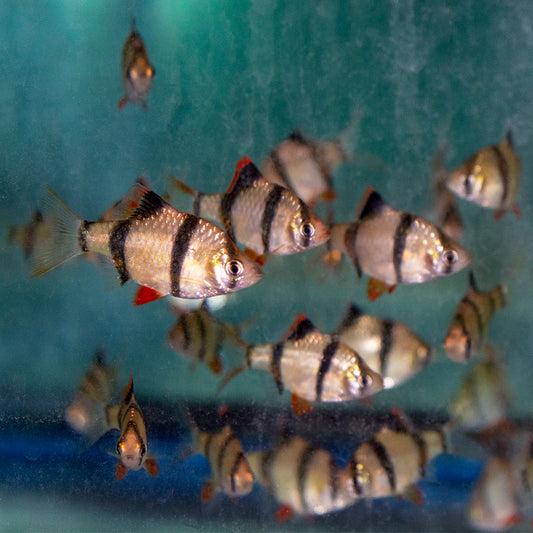Recommended Use
It is recommend to use a media reactor for your bio pellets. Recirculating media reactors have become very popular and effective for bio pellet use. By controlling the flow through the reactor directly into the protein skimmer, you can allow trace levels of nitrates to remain, potentially helping the colors of SPS corals and others. Tumbling the pellets gently within the reactor eliminates clumping, bio film or break in problems. Simply adjust water flow through the reactor to reduce nitrates to desired level. If pellets are fracturing and physically breaking down, flow is too strong and should be reduced.
How to Remove Phosphate and Nitrate from Water
1. Standard dose for new or exceptionally low nutrient tanks is 180g or approximately 1 cup per 50 gallons in a fluidized reactor. For aquariums with measurable nitrates, 1/2 to 1/4 of the starting dose is recommended for the first 3-4 weeks, increasing weekly thereafter. Once the system is established, overdose is not possible.
2. Add or replace Bio Pellets as needed to keep reactor full.
Pro tip: Do not let pellets dissolve to below 1/2 the original amount or you may notice reduced effectiveness.
3. For best results, water exiting Bio Pellet reactor should flow directly into a quality protein skimmer intake.
Pro tip: Remove all sponges before and after media in reactors and replace with plastic mesh to prevent clogging. Add a small check valve to pump side of water line/keep return line submerged to prevent back siphoning into pump in a power outage.
4. Rinse and soak new media in D.I. or tank water for up to 24 hours to prevent floating prior to use. If reactor gets clogged, dump the contents into a 5-gallon bucket with tank water, stir and pour off debris. Media can then be returned to the reactor in part or whole. Keep pellets moving within reactor to prevent clumping or clogging.
Pro tip: Tiny air bubbles can stick to new pellets, causing them to float initially. Watch for floating pellets against top screen after new media is placed in reactor. Gently tap on reactor, or stop and restart the pump, to get pellets to fluidize and prevent clogging.
5. Keep significant aeration in aquarium system, especially at night during the first 3-4-week cycle period. Use protein skimmer, aggressive surface agitation and/or air bubbles to keep O2 levels up and allow for CO2 removal.
6. For aquariums with measurable nitrates above 20-40ppm, monitor and watch for reduced pH. Buffer to increase pH if necessary. Many bacterial additives are available to help prevent initial bacterial blooms. Watch for initial cloudiness during the first 4 weeks, indicating a bacterial bloom. If substantial cloudiness occurs, reduce the quantity of pellets by 1/2 and change water. Recirculating reactors combined with efficient protein skimmers reduce or eliminate these potential problems.













